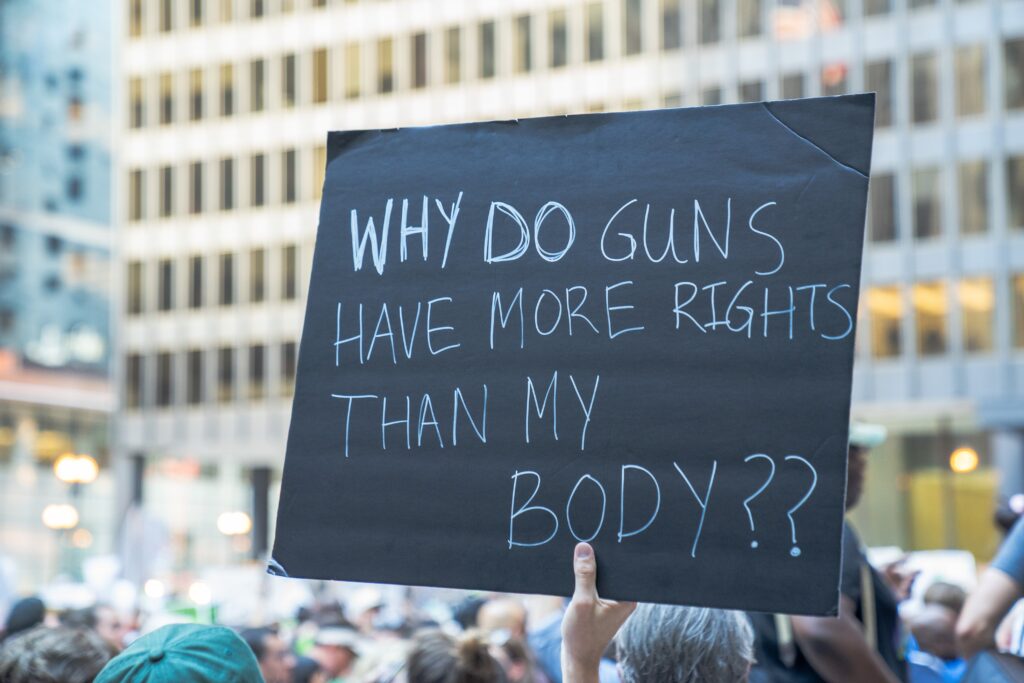No country on Earth is on track to meet gender equality targets outlined in the United Nations’ 2030 Sustainable Development Goals (SDGs).
Worse, there are more than one billion women and girls living in countries that have seen either stalled or declining gender equality progress in the three years from 2019 to 2022, according to Equal Measures 2030, measuring 139 countries on gender equality goals.
The report finds that nine years after the ambitious agenda of the SDGs was outlined in 2015 — and agreed on and signed by 193 countries — the pandemic, armed conflict, climate change, and a loss in global solidarity have resulted in “more hostile, more inward looking, and less cooperative” societies.
Gender equality has fallen far from being at the top of the priority list, with Equal Measure reporting that its own coalition members and the champions it works with globally are “finding it harder to elevate gender equality on policymakers’ agendas”.
Now and for the next six years until 2030, several intersecting crises further risk progress on gender equality, including rising economic inequality, societal and political polarization, expanding conflicts, further climate change and gender-based violence.
The reports raises alarms around how once accepted language on gender equality is being stripped from international agreements, while donors are de-prioritising women’s rights. It also reports a rise in what it describes as “anti-gender financing”, a lack with a decline in international solidarity which is especially impacting the world’s poorest countries, where action is most needed.
Just one country achieved a gender equality rating of “very good”: Switzerland.
At the current rate of progress, global gender equality won’t be achieved for another 97 years, well into the next century.
The Index found 45 countries have a “very poor” rating on gender equality, accounting for a combined population of 850 million women and girls.
This poor state of gender equality is due to several issues, including things like childhood marriage, bans on secondary schooling, poor reproductive health rights and gender-based violence.
The Taliban’s takeback of Afghanistan — resulting in continually more brutal restrictions on women and girls — as well as the repeal of Roe v Wade and the violent repression of the Women, Life, Freedom movement in Iran, mark significant shifts in women’s rights and opportunities globally. Violence in Sudan, Myanmar and Ukraine have also contributed to significant declines for women, with the report not yet taking into account the current war in the Middle East.
Seventeen countries were rated as following a “declining” path between 2019 and 2022. If all countries similarly went backwards over the next six years, global gender equality would fall well below the 2015 starting point for the SDGs.
Overall, in 2022, more than 614 million women and girls were living in conflict-affected countries, a 50 per cent increase since 2017. Sadly, there would be many more millions to add to this tally if the report included the 2023 and 2024 periods.
The findings reveal that billions of women and girls remain trapped in a cycle of inequality and highlight just how fragile any progress achieved actually is.
As for what can help, Equal Measures outlines seven recommendations based on the countries and regions that are seeing gender equality progress (listed below). They are simple and practical ideas that, despite requiring significant effort and funding, would deliver an incredibly health return on investment.
Overall, the report highlights, again, that establishing strong gender equality targets is not enough alone to see sustainable progress achieved. Gender equality progress is never assured or guaranteed, while vigilance is essential for maintaining the progress that has been made.
Equal Measures 2030 urgest countries to:
Elevate women’s and girls’ leadership, power and voice. Such participation is essential for social and economic health, but a number of issues, including gender norms, poverty, care burdens and violence against public figures, are wiring together to exclude women from decision-making spaces.
Reform and apply equality laws and policies. This process can help engage civil society, government, lawmakers and the wider public in debates and norm-setting to create pressure and structures for accountability.
Promote ‘data feminism’ and close gender-sensitive data gaps. This means going beyond monitoring policies to promoting the idea of ‘data feminism’ in recognising the power imbalances that have been baked into statistical systems, practices and institutions.
Increase resources for investments in public services and social infrastructure, including care. This requires funding, including gender-responsible budgets, progressive taxation and strong investments in public services, including care.
Recognise and respond to adolescent girls’ and young women’s unique needs and life stages. This includes outlining experiences and opportunities for girls to set a tone around opportunities in the future.
Invest in and create space for feminist organisations and movements. This recommendation acknowledges the fact that little progress on women’s rights would have been made without the collective pressure and advocacy from feminists. The report calls for more resources for such groups, including providing safe and secure spaces to operate and advocate.
Centre gender equality and justice at the heart of international solidarity and cooperation. Gender equality commitments must be continually protected collaboratively by governments across different spaces. Aid, loans, and grants must be invested into gender equality through programs and policies that protect it.


